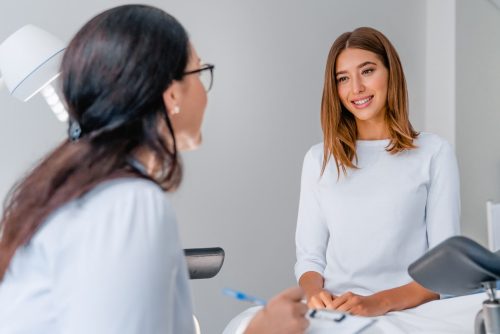
How to Get an Endometriosis Diagnosis
Endometriosis is a common disorder. According to the Office on Women’s Health, it affects an estimated 1 in 10 women between the ages of 15
Endometriosis is a chronic gynecological condition in which tissue similar to the lining of the uterus, known as the endometrium, grows outside the uterus. These growths are most commonly found on the ovaries, fallopian tubes, and pelvic lining, but in more severe cases, they can appear on the bladder, intestines, and even beyond the pelvic region. Although this tissue is not cancerous, it behaves similarly to the endometrial lining, thickening, breaking down, and bleeding with each menstrual cycle. Since this tissue has no way to exit the body, it can cause inflammation, pain, adhesions, and scarring.
Recognizing the symptoms of endometriosis is essential for early diagnosis and effective management. Unfortunately, symptoms are often dismissed or misattributed to other conditions, resulting in delayed diagnosis for many women.
Endometriosis symptoms can vary widely between individuals and are not always proportional to the extent of the disease. The most common symptoms include:
These symptoms often overlap with other conditions such as irritable bowel syndrome (IBS), ovarian cysts, or pelvic inflammatory disease, making accurate diagnosis more challenging.
Diagnosing endometriosis requires a careful and multi-step approach. Many women may experience symptoms for years before receiving a definitive diagnosis. The diagnostic process typically includes:
Timely recognition of symptoms and appropriate medical evaluation can lead to earlier intervention, helping to manage pain, preserve fertility, and improve quality of life for those living with endometriosis.

Endometriosis is a common disorder. According to the Office on Women’s Health, it affects an estimated 1 in 10 women between the ages of 15
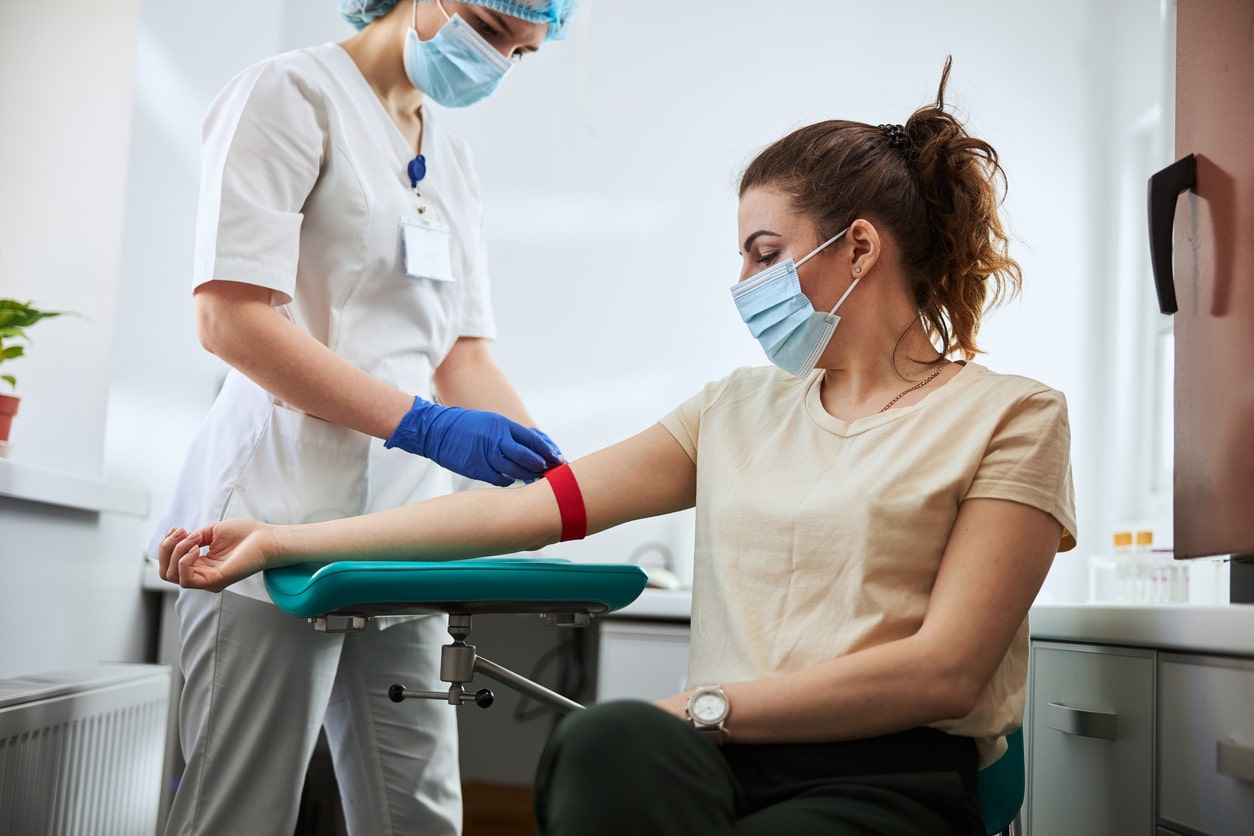
Endometriosis is a condition in which tissue similar to endometrial cells grows outside the uterus and can cause severe pain, discomfort, and infertility. While many
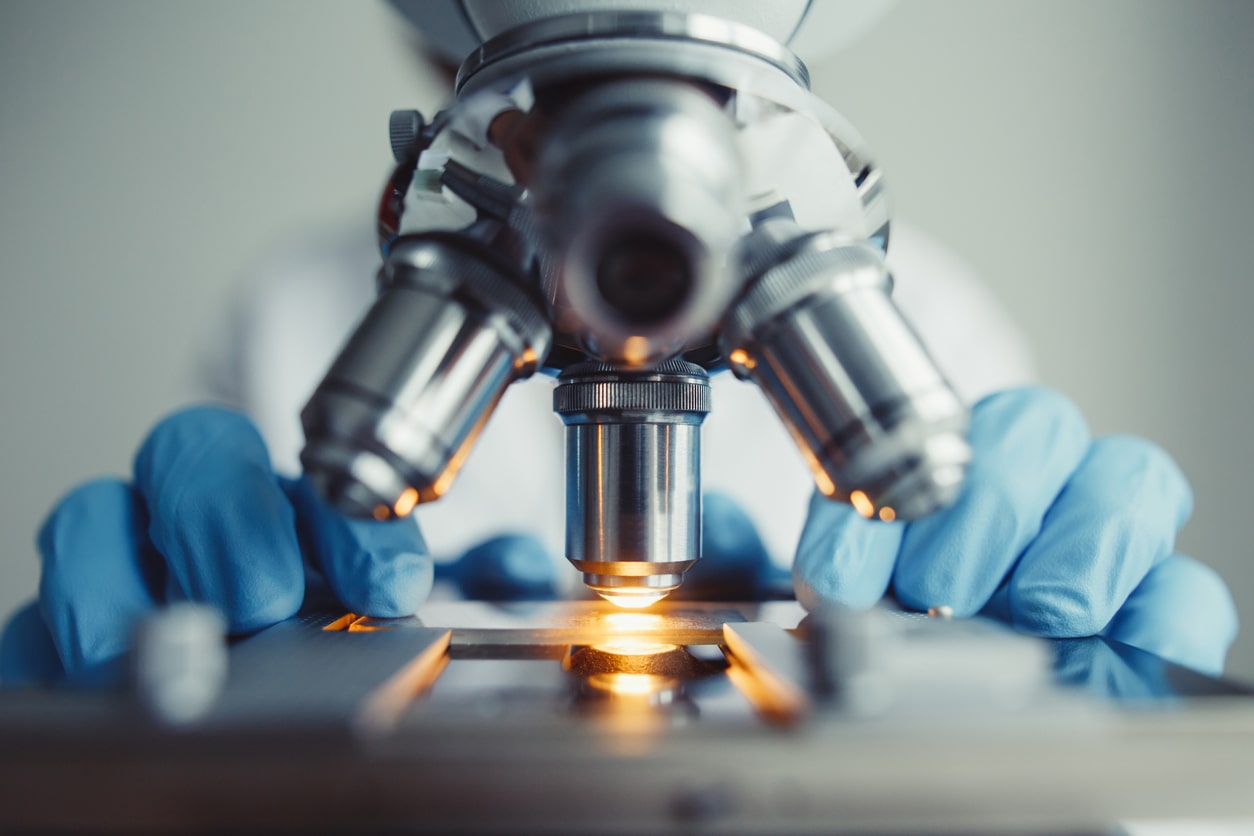
Endometriosis is a chronic condition characterized by the growth of endometrial-like tissue, which is found throughout the body, primarily in the abdominopelvic cavity, and affects
hello! for years ive struggled with stopping sex to the point where if i dont stop moving the thing im using to pleasure myself and

Endometriosis in adolescents was recently reviewed by Liakopoulou et al. (2022), and they report that “adolescent endometriosis is a challenging diagnosis” and that “the disease
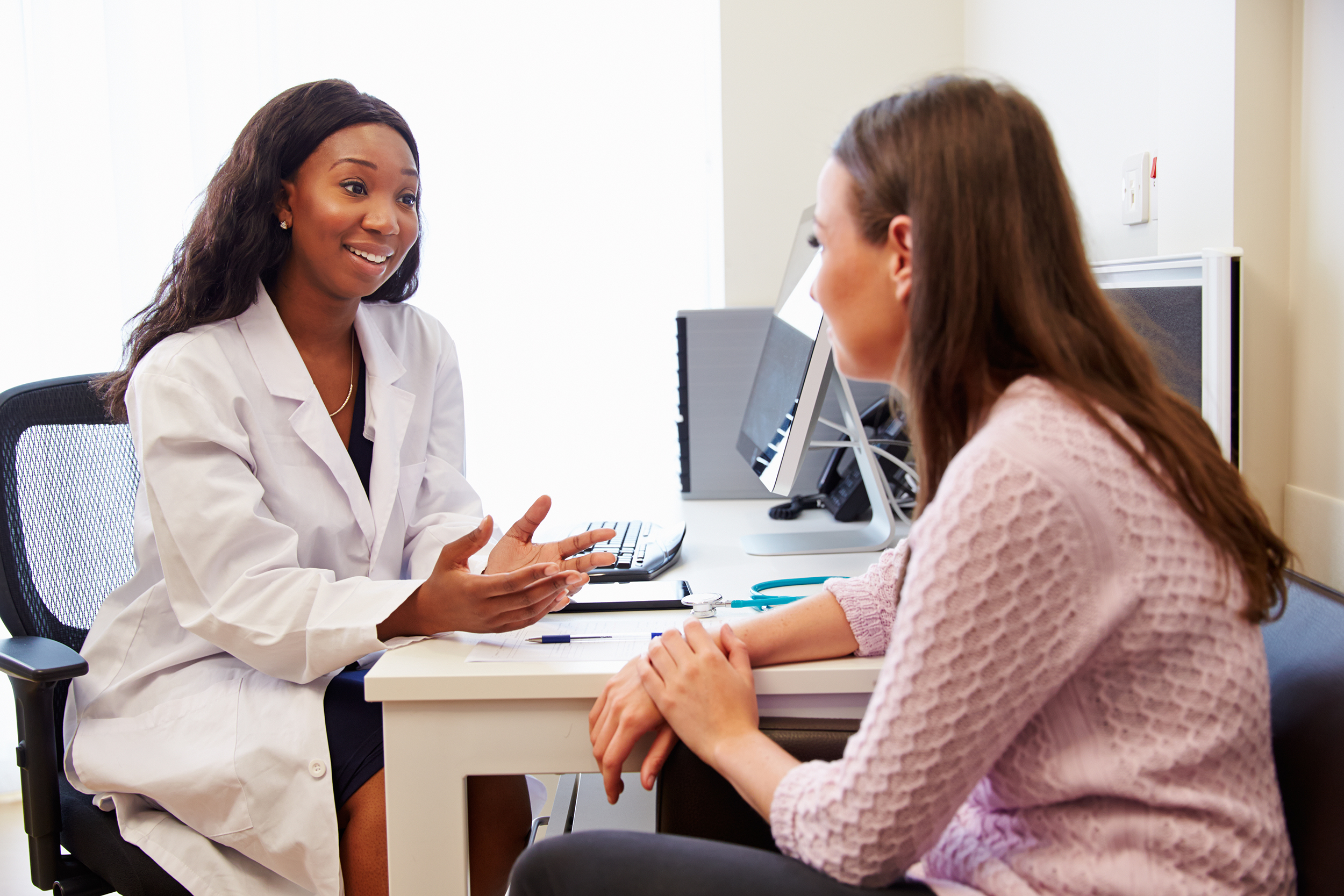
Last week we talked about pain and how early intervention is important. In order to achieve this early intervention, early diagnosis is critical. The gold

We have noted before that specialized training and experience is highly beneficial in the ability to diagnose and treat endometriosis. This includes the technicians and
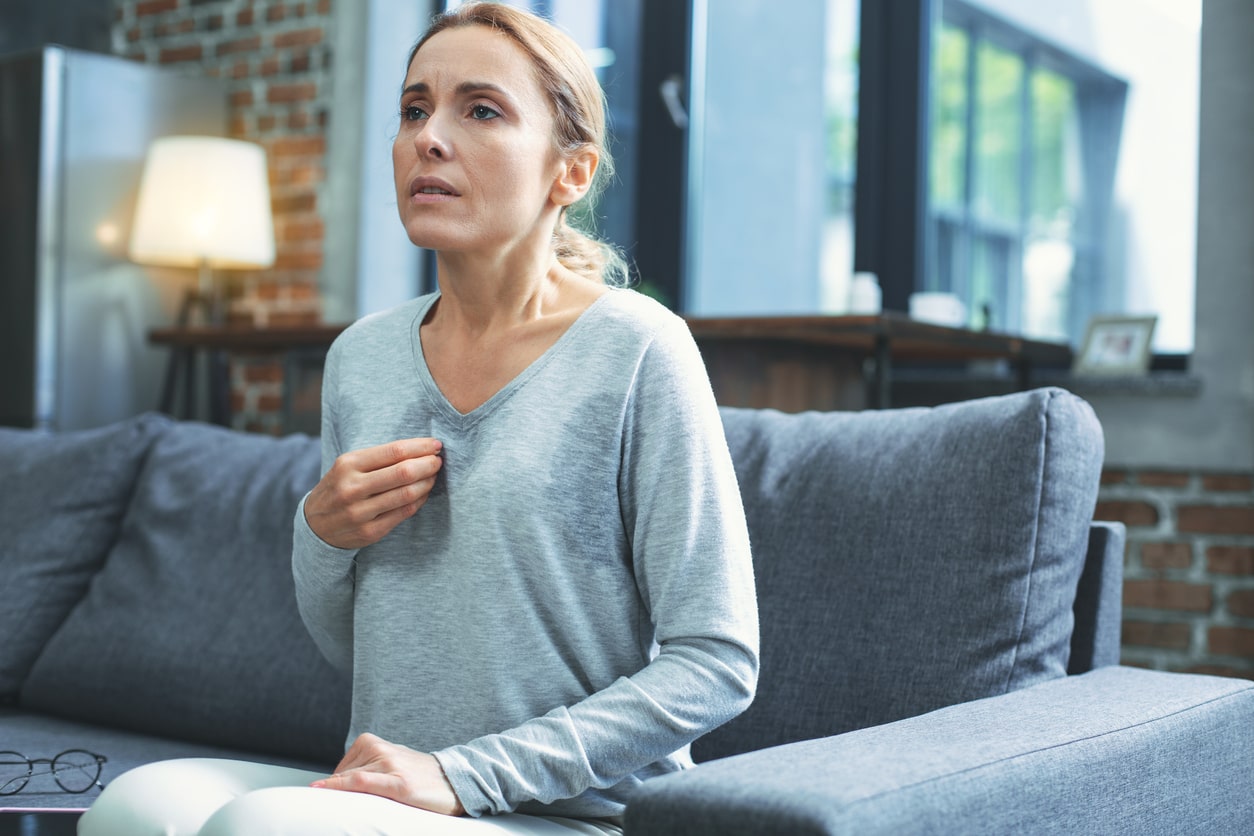
If you’ve been told that endometriosis goes away after menopause, this may not be the case. So, this may not be a great strategy if
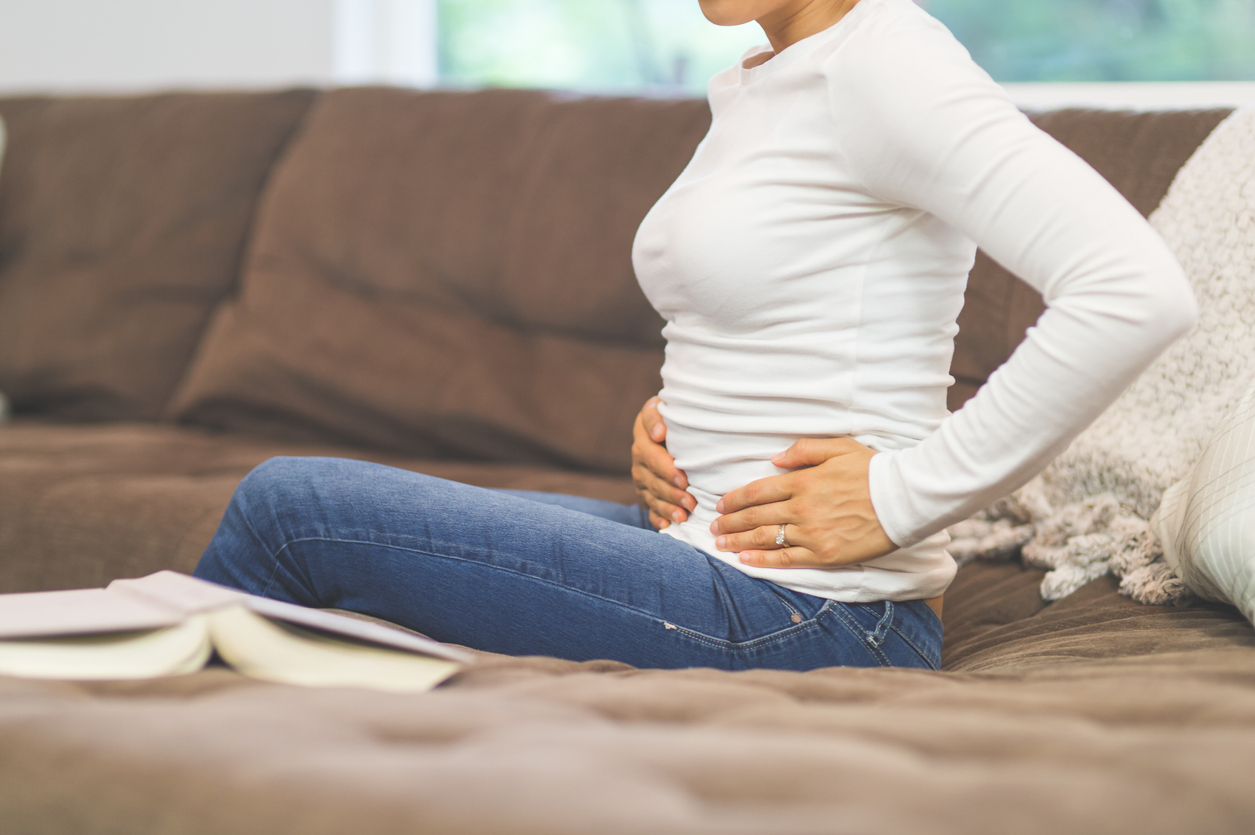
Endometriosis is a chronic gynecological condition where tissue similar to the lining inside the uterus grows outside it, causing pain and potentially leading to fertility
Endometriosis, even deep infiltrating endometriosis, can affect teenagers. Saridogan (2017) reports that endometriosis is a common in teens who have chronic pelvic pain,

What’s behind those killer cramps in endometriosis? A mixture of nociceptive, inflammatory, and neuropathic factors that combine to create pain and other symptoms. Endometriosis is more
Endometriosis can have a profound impact on women’s lives, including associated pain, infertility, decreased quality of life, and interference with daily life, relationships, and livelihood.